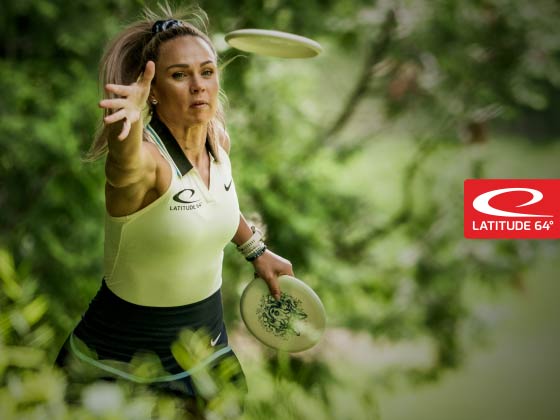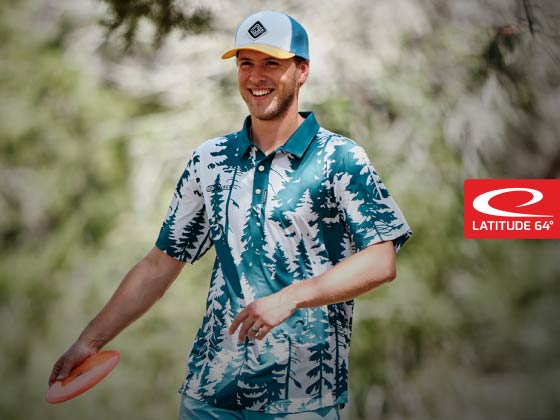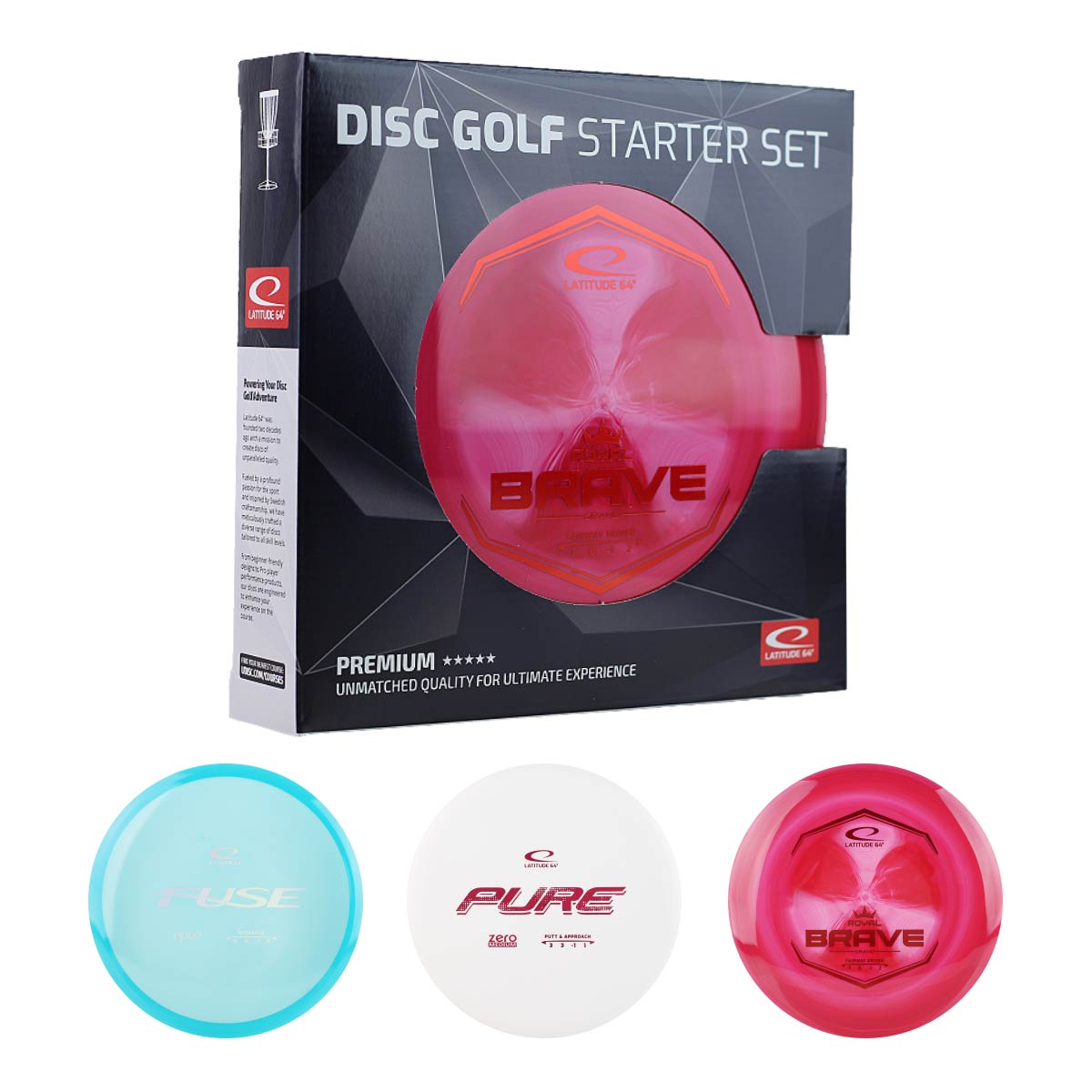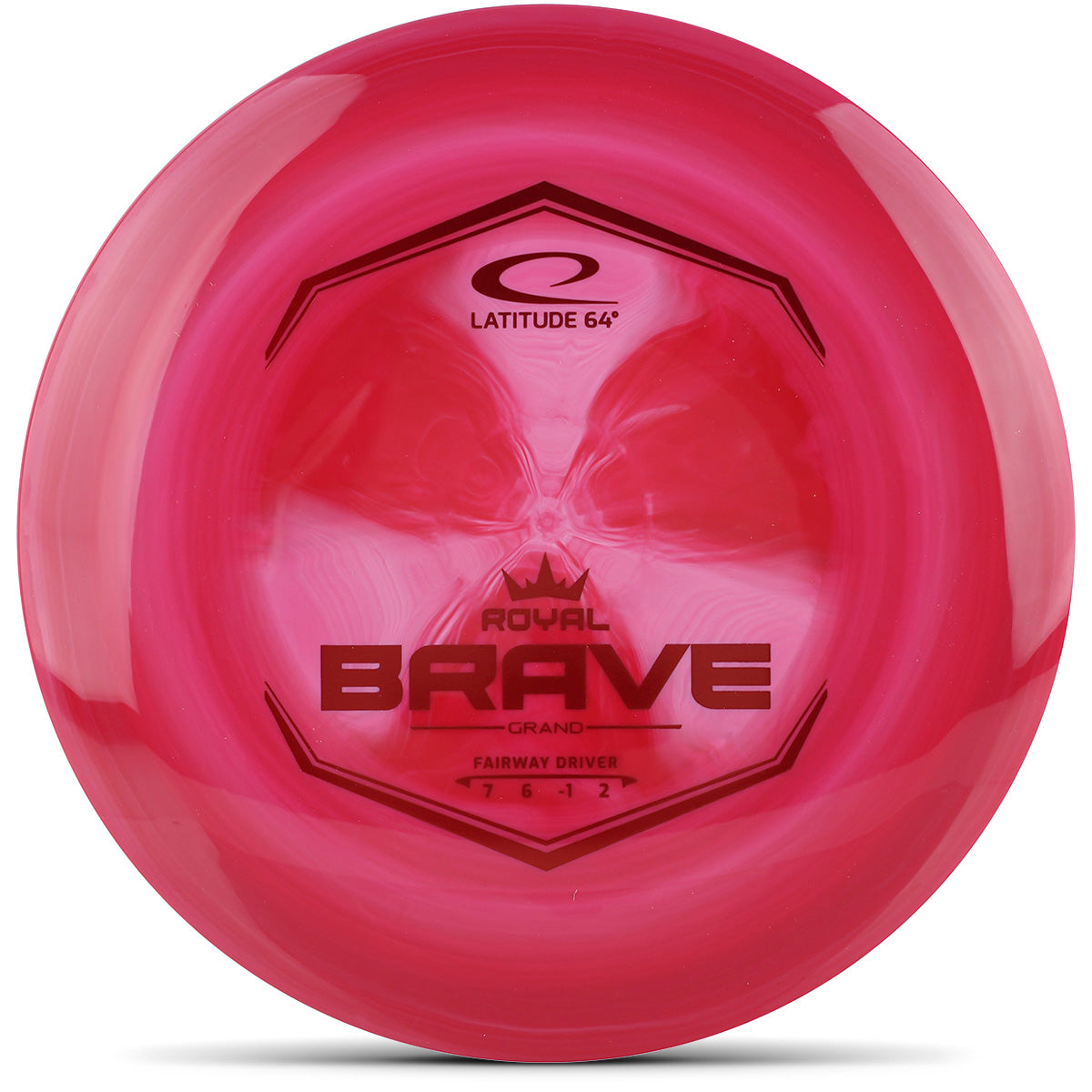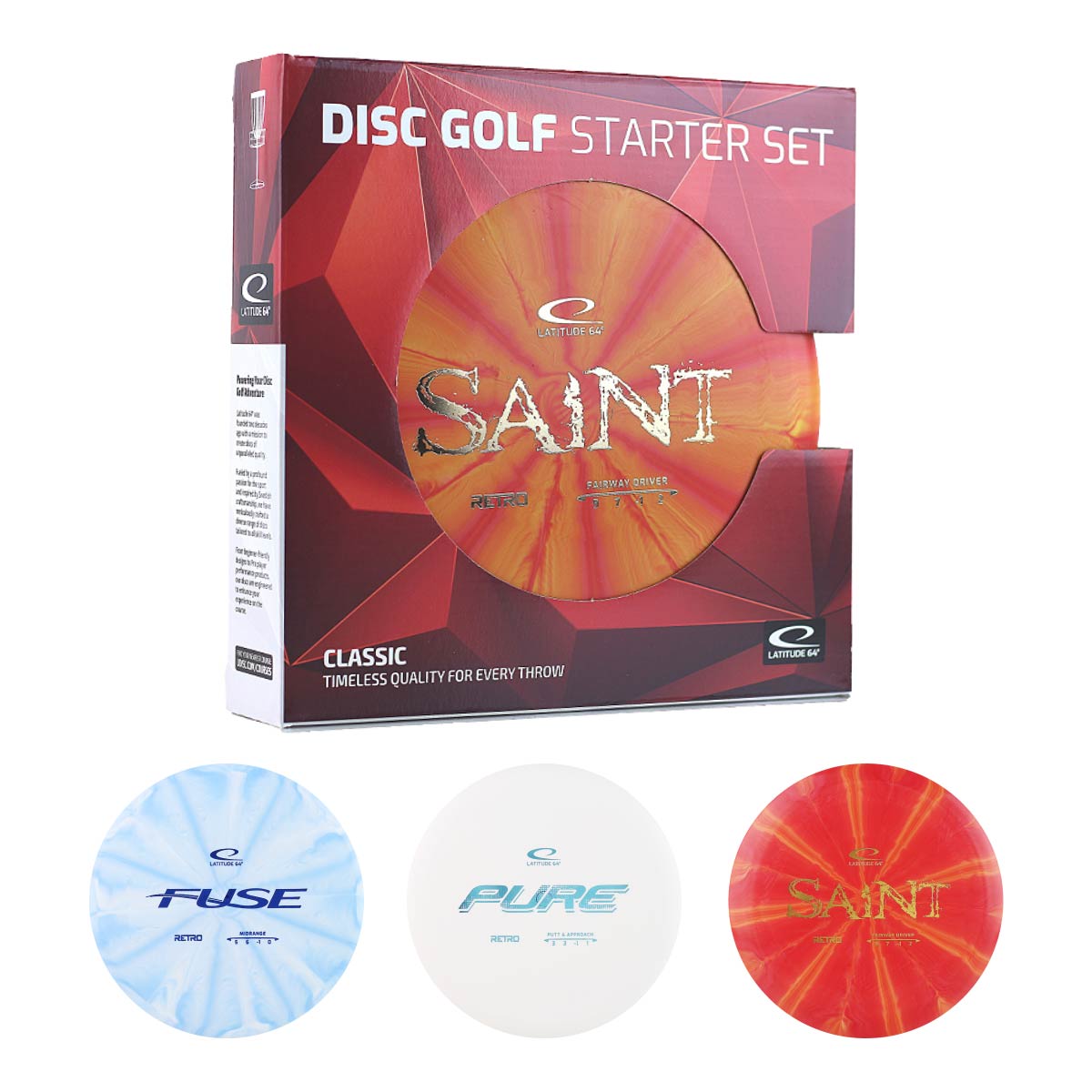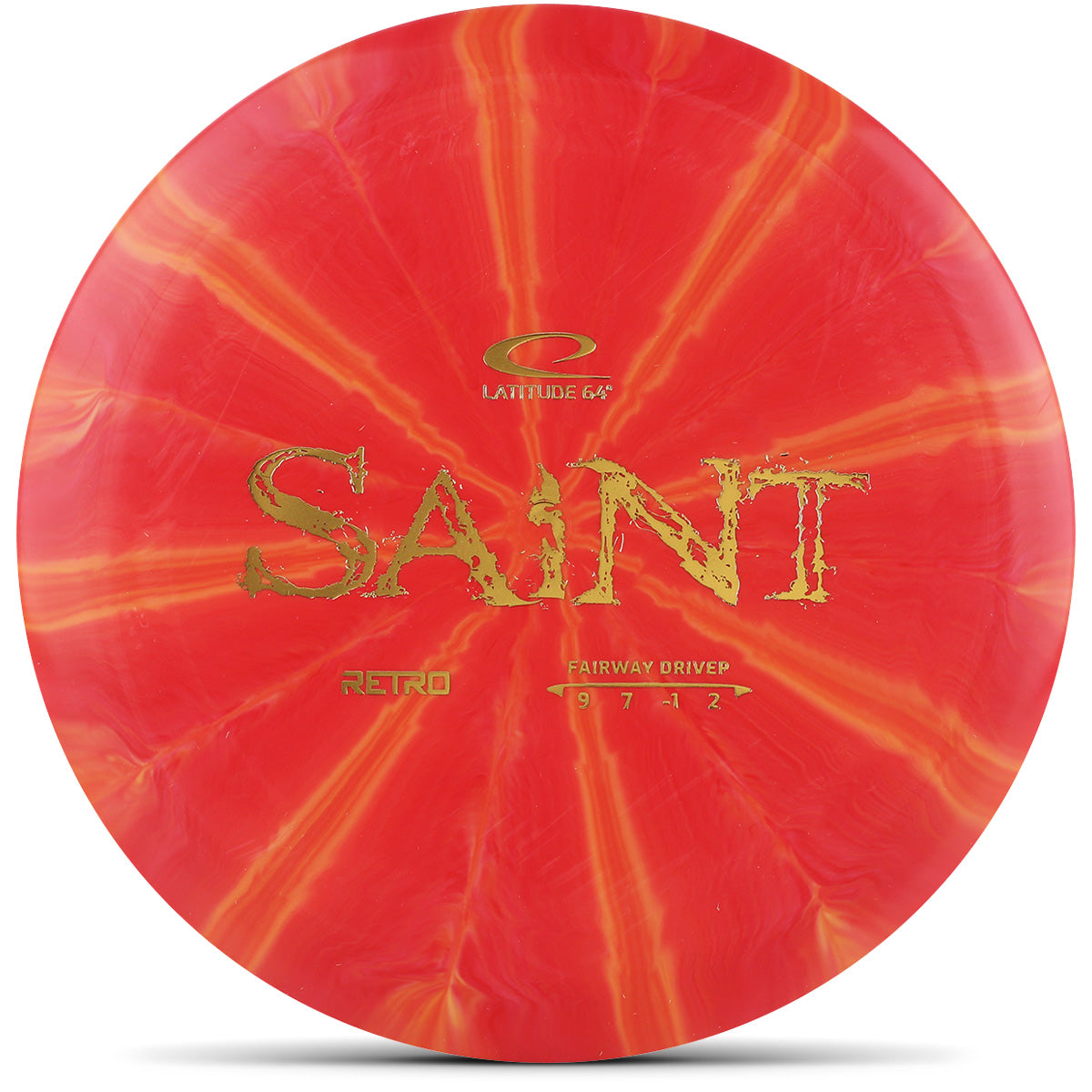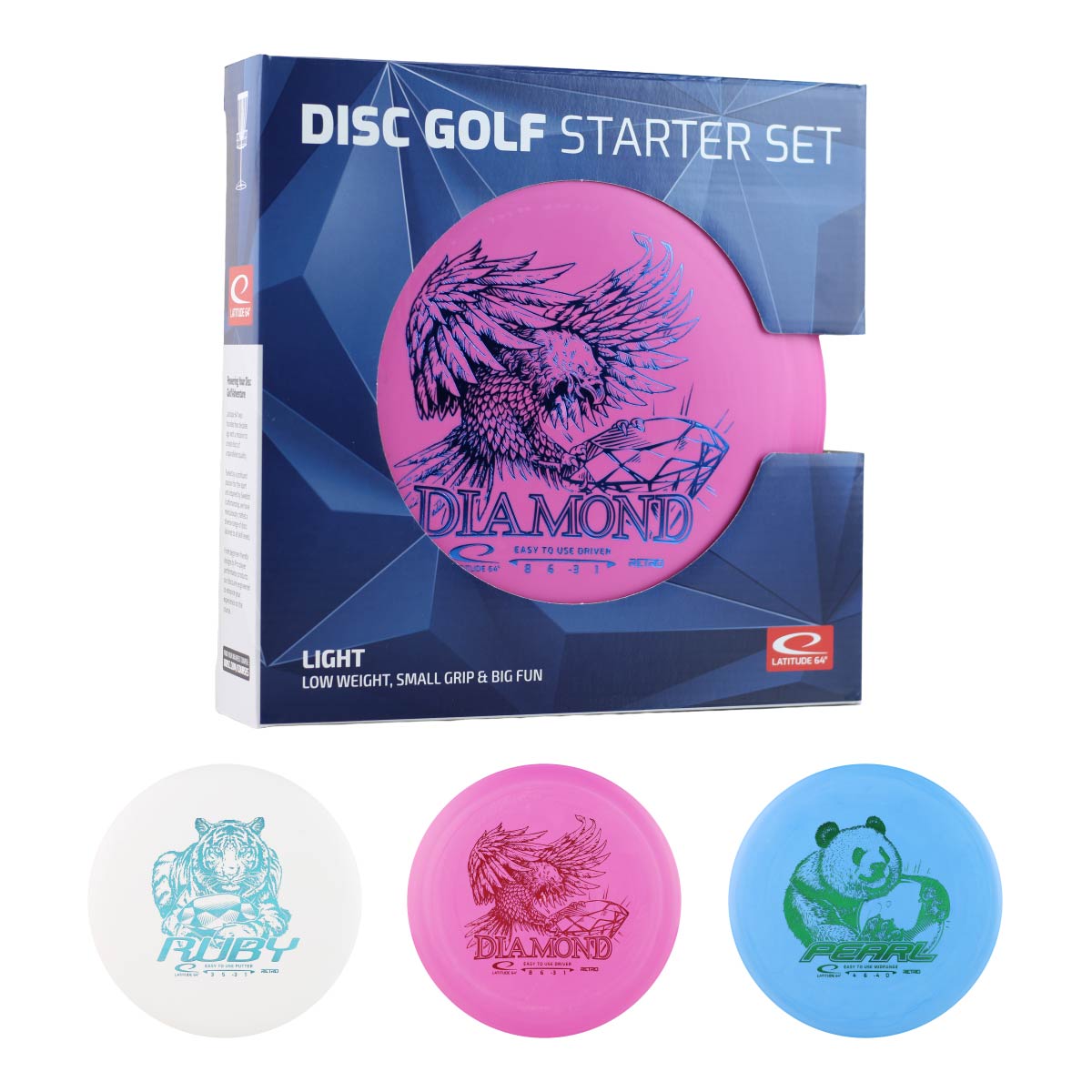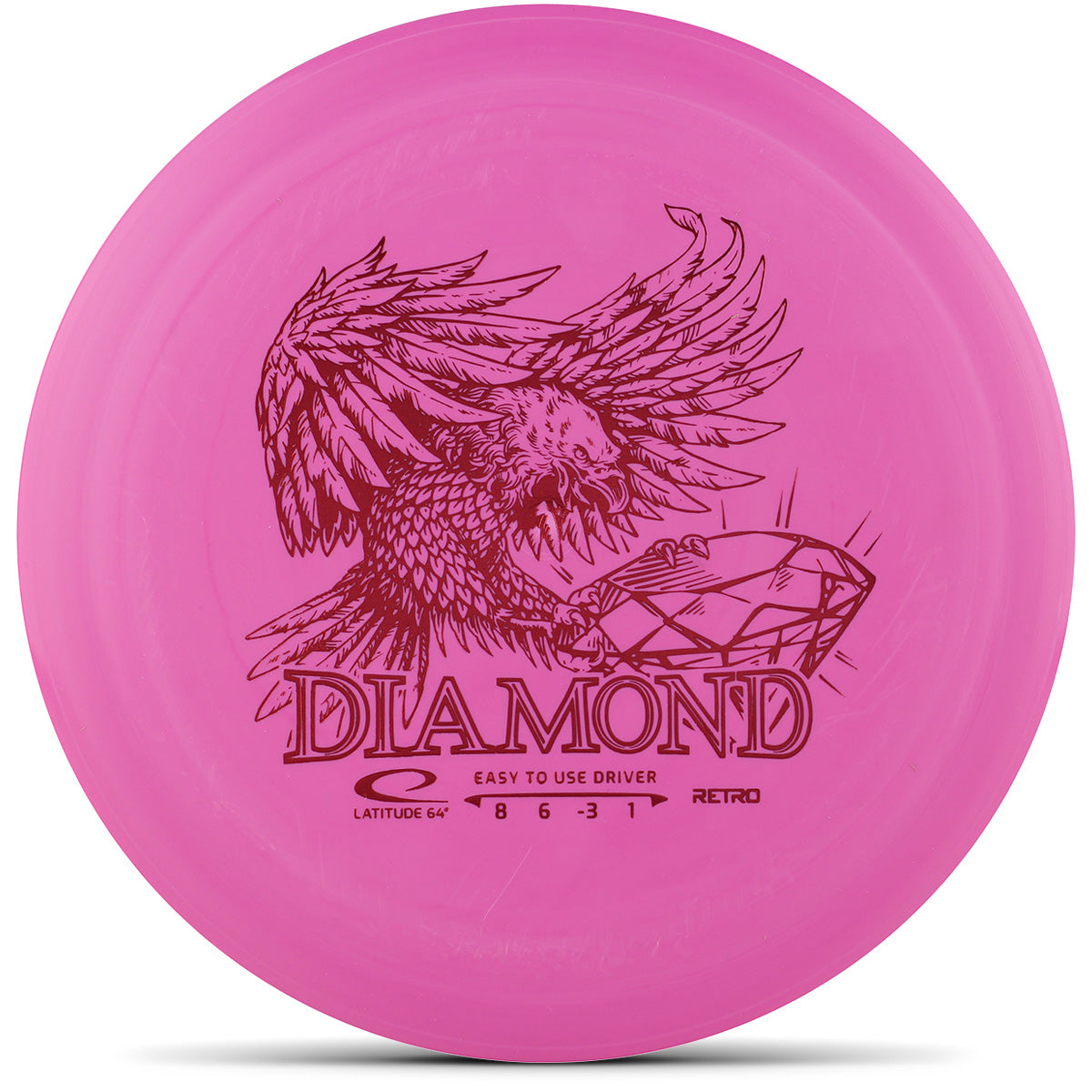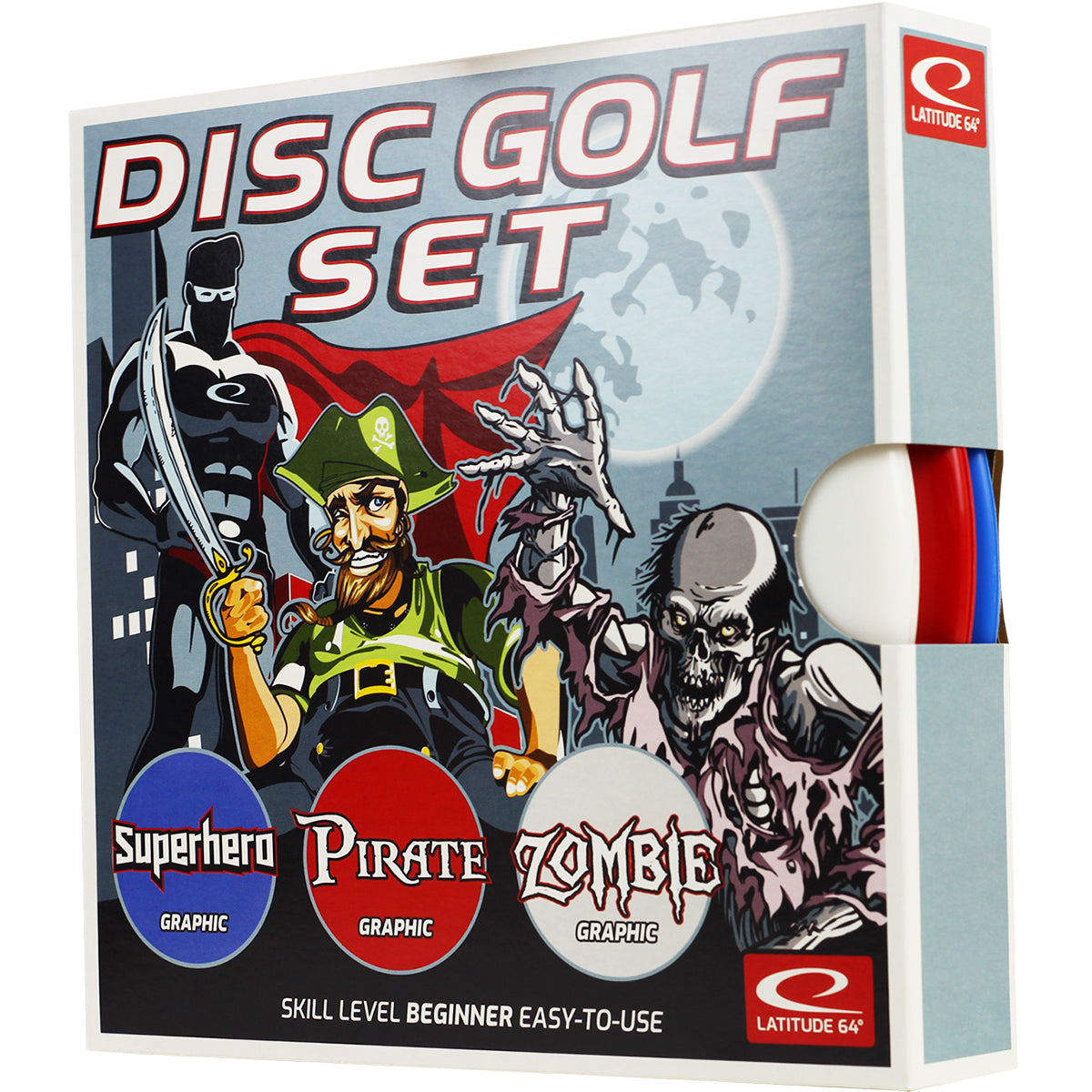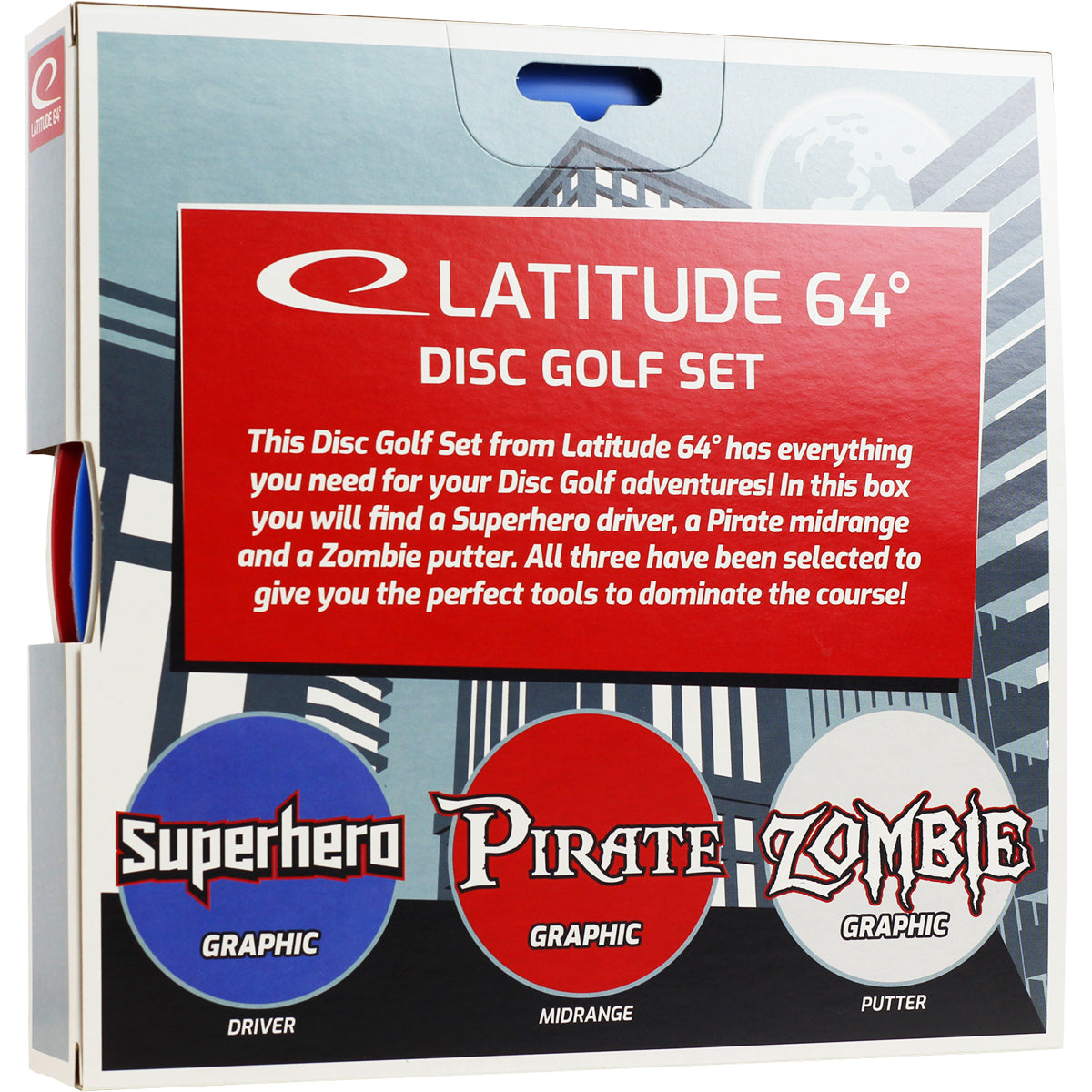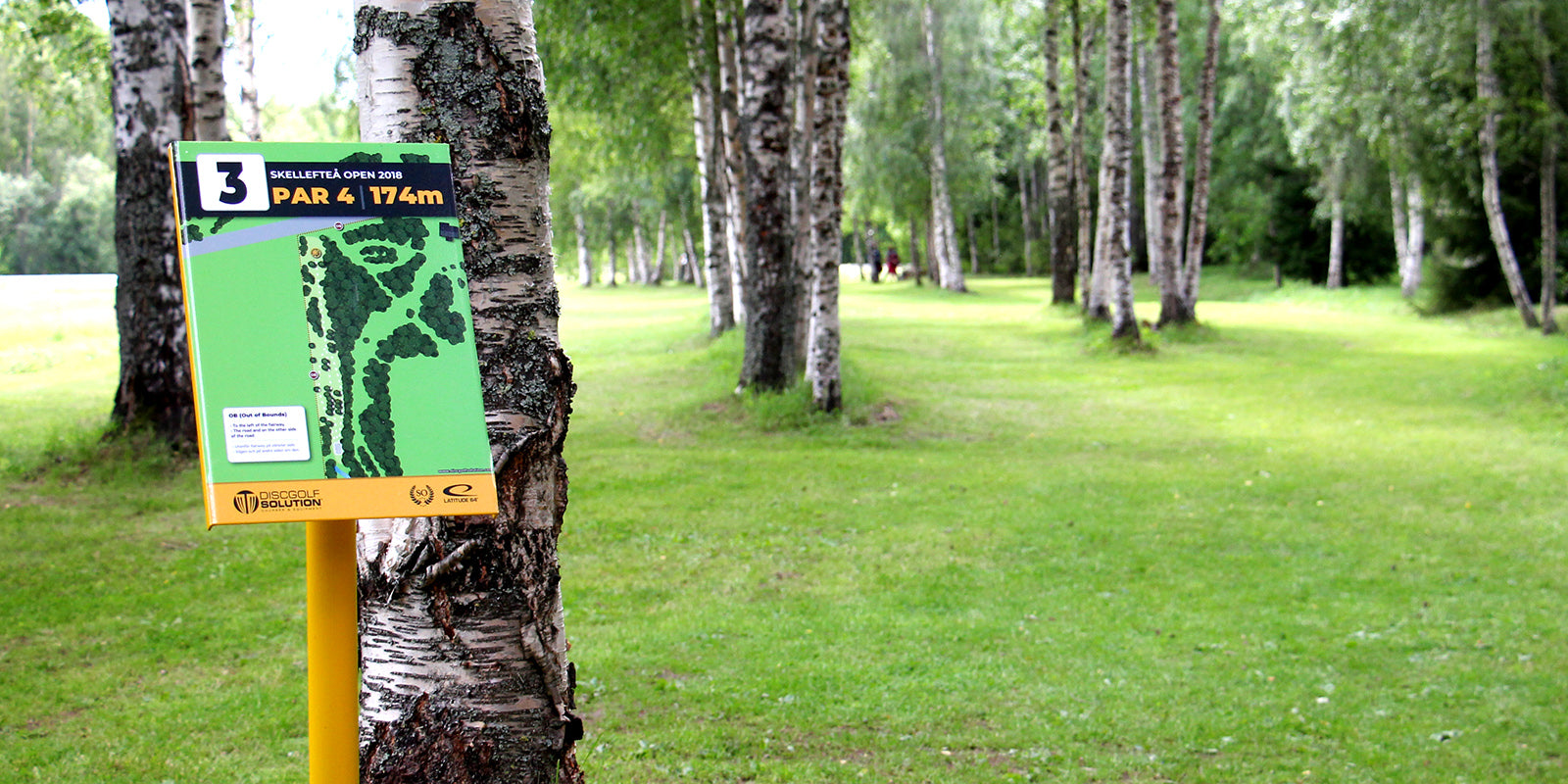How to Play
Disc golf is simple: start at a simple start at the beginning of a disc golf course that has metal basket, and keep track of your throws. Like golf, the goal is to finish each hole in the fewest throws possible. Most courses have 9 or 18 holes, and you can play solo or with friends.
Rules in short:
- Throw from tee
- Wherever your disc lands is your next throw spot
- Land the disc in the basket to finish the hole
- Lowest score wins!


